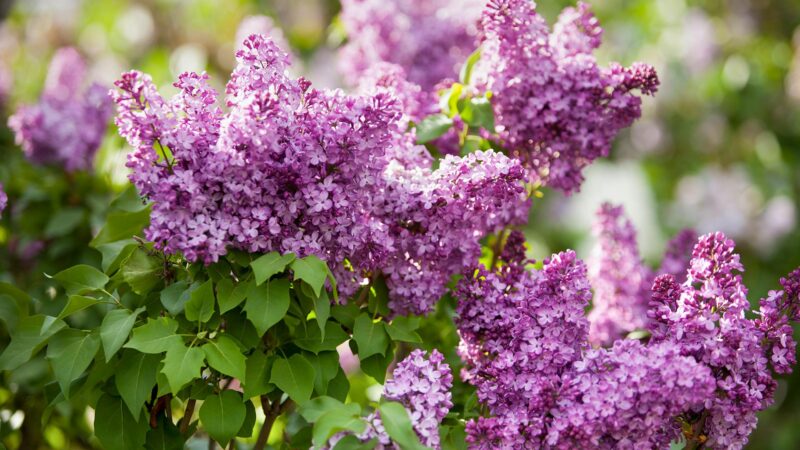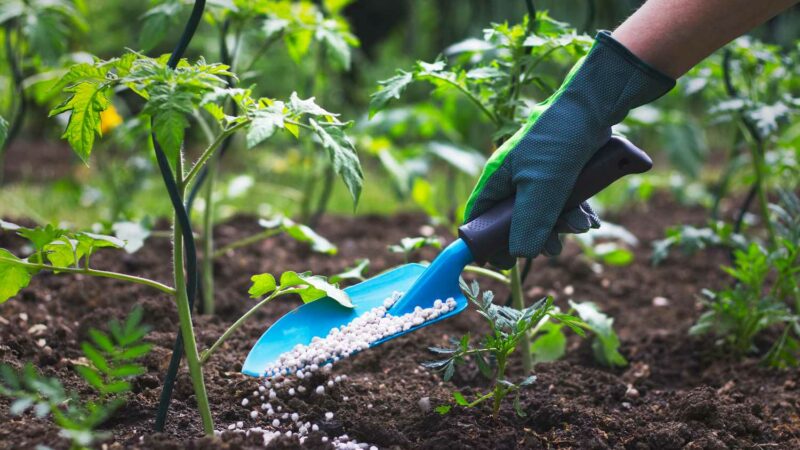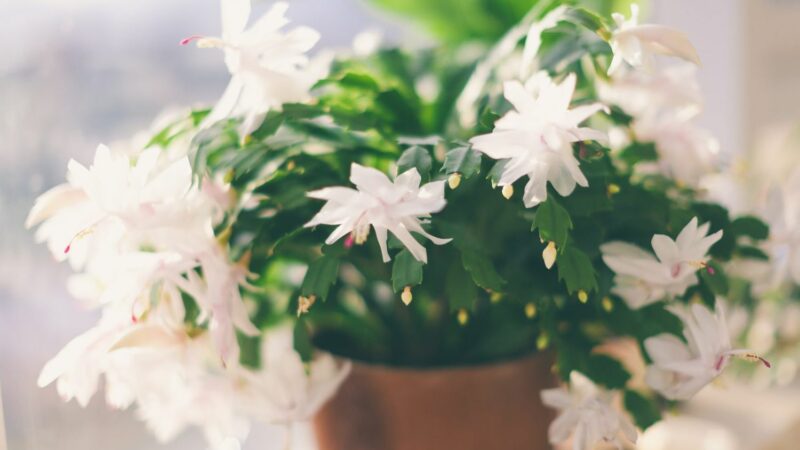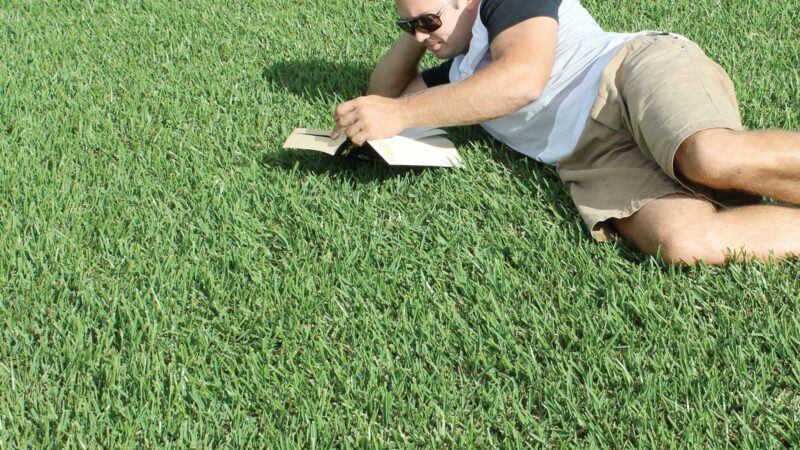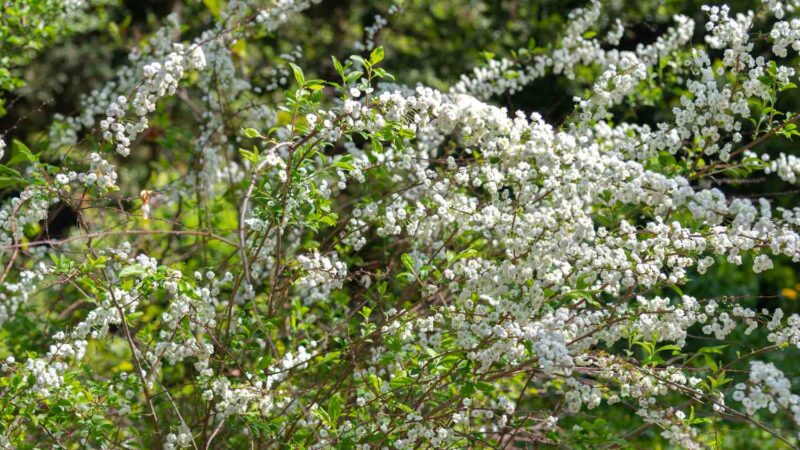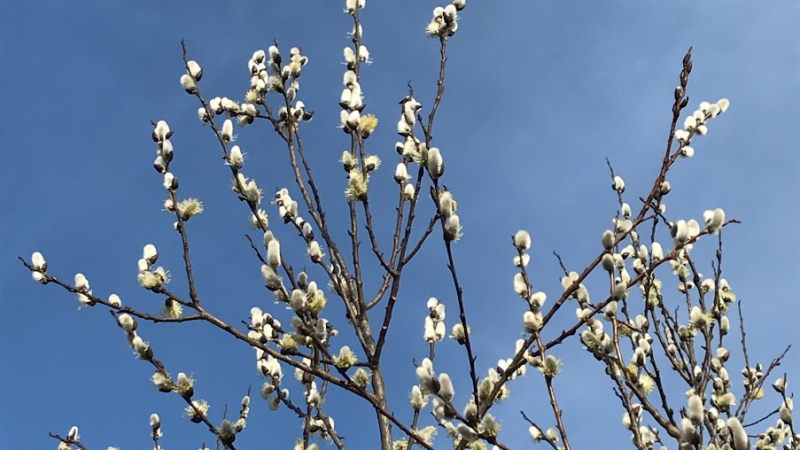How to Grow and Care for the Lipstick Plant
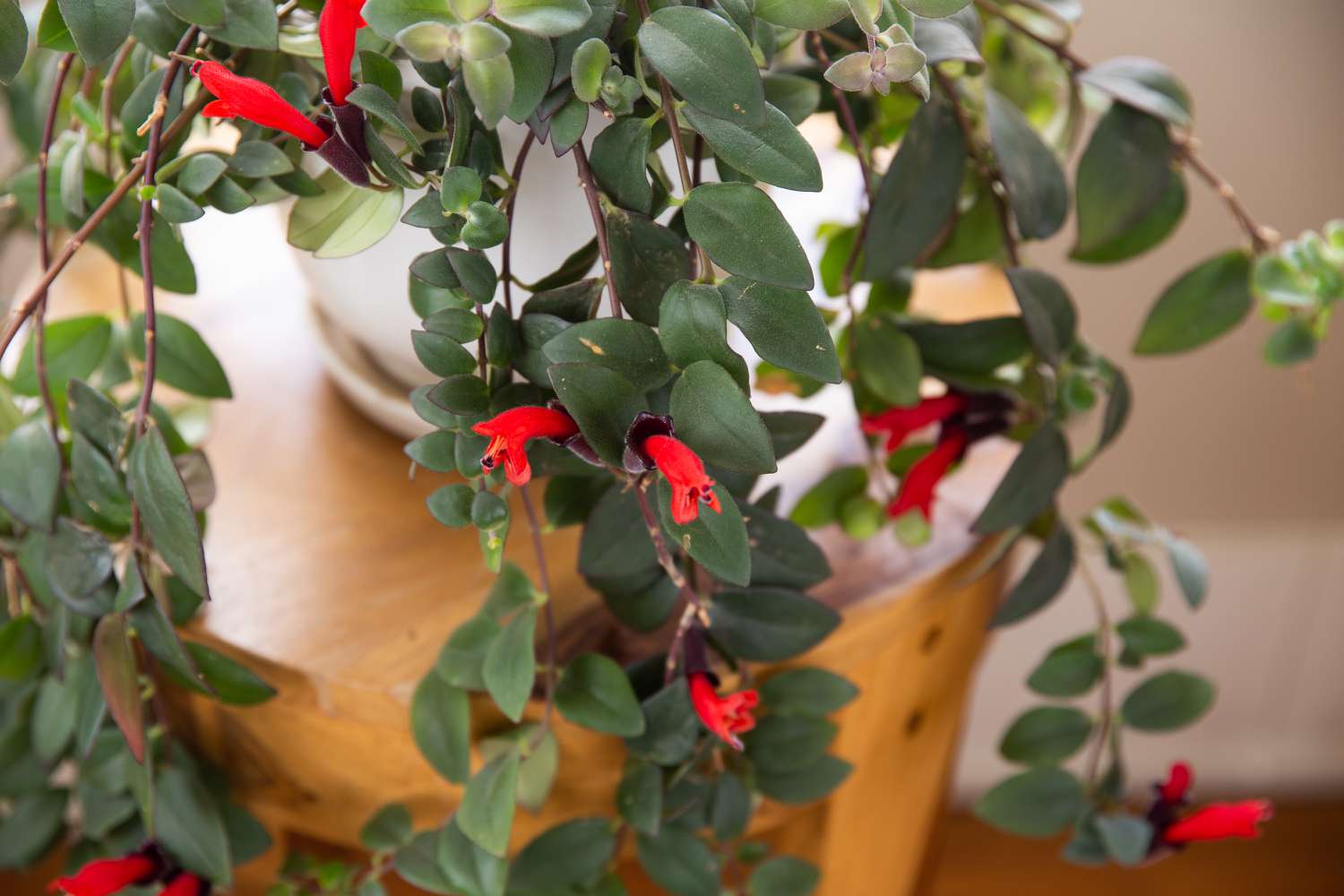
Lipstick Plant – If you want to add a touch of exotic allure to your indoor garden, the Lipstick Plant (Aeschynanthus radicans) is an excellent choice. Named for its striking, tube-shaped, red or pink flowers that resemble a tube of lipstick, this tropical plant is a favourite among houseplant enthusiasts.
Choosing the Right Environment
In this guide, we’ll explore how to grow and care for the Lipstick Plant so you can enjoy its vibrant and long-lasting blooms in your own home.
Before we dive into the care tips, it’s crucial to create the ideal environment for your Lipstick Plant to thrive. Here are some key considerations:
- Light: Lipstick Plants prefer bright, indirect light. Avoid direct sunlight, which can scorch their leaves. A north or east-facing window is usually ideal. If your plant isn’t flowering, it might need more light.
- Temperature: These tropical beauties thrive in warm and humid conditions. Keep your indoor temperature between 65-75°F (18-24°C) and avoid drafts.
- Humidity: Lipstick Plants love humidity. You can increase the humidity by misting the plant or placing a tray of water near it. In dry climates, a humidifier is a great investment.
Planting and Potting
Now that you’ve set the stage, it’s time to get your hands dirty.
- Container: Choose a well-draining pot with a size that allows for some growth room. A hanging basket can be an excellent choice as it allows the trailing vines to grow freely.
- Soil: Use a well-aerated, well-draining potting mix. A mix designed for tropical plants or epiphytes is perfect.
- Planting: Gently remove your Lipstick Plant from its nursery pot and place it into the new container. Be careful with the roots, and don’t plant it too deeply. The root ball should sit just below the soil surface.
Watering
Proper watering is a key element of Lipstick Plant care:
- Frequency: Water your plant when the top inch (2.5 cm) of soil feels dry to the touch. This usually means every 1-2 weeks, but the frequency may vary depending on factors like humidity and temperature.
- Water Quality: Use lukewarm, filtered water to prevent mineral build-up on the leaves. Always ensure that your pot has drainage holes to prevent overwatering.
- Avoid Overwatering: Lipstick Plants are susceptible to root rot if overwatered. Always empty the saucer under the pot after watering to avoid stagnant water.
Fertilizing
Fertilize your Lipstick Plant during its growing season (spring and summer) every 4-6 weeks with a balanced liquid fertilizer. Reduce or stop feeding during the winter when the plant’s growth slows down.
Pruning and Maintenance
Pruning and maintenance are essential for a healthy Lipstick Plant:
- Pruning: Trim leggy or straggly growth to encourage bushier growth and maintain the desired shape. You can also remove dead or yellowing leaves.
- Support: Lipstick Plants are vines, so provide them with a support structure, like a trellis or bamboo stakes, to help them climb.
- Repotting: Repot your Lipstick Plant every 2-3 years in the spring to refresh the soil and provide more space for growth.
Pest and Disease Control
While Lipstick Plants are generally hardy, they can be susceptible to pests like mealybugs and aphids. Regularly inspect your plant for any signs of infestation, and treat promptly with natural remedies or insecticidal soap.
How to Grow Lipstick Plants From Seed?
Growing lipstick plants (Aeschynanthus) from seed can be a rewarding experience, though it requires patience and attention to detail. Here’s a concise guide on how to grow lipstick plants from seeds:
- Seed Collection: Collect seeds from a mature lipstick plant by harvesting the dried seed pods. The pods contain tiny seeds that you can use to propagate new plants.
- Soil Preparation: Use a well-draining potting mix, ideally designed for tropical plants. Fill small seedling pots or trays with this mix.
- Seed Sowing: Sow the lipstick plant seeds on the soil surface. They are very tiny, so be careful not to sow them too densely.
- Light: Provide bright, indirect light to the seedlings. Avoid direct sunlight, as it can scorch them.
- Humidity: Maintain a humid environment by covering the pots with a plastic lid or plastic wrap to create a mini-greenhouse effect. This helps keep the soil consistently moist.
- Temperature: Keep the temperature around 70-75°F (21-24°C) for optimal germination. A heating mat can assist with temperature control.
- Watering: Water the soil lightly and consistently to keep it evenly moist but not waterlogged.
- Transplanting: Once the seedlings have a few true leaves and are strong enough to handle, transplant them into individual pots filled with a well-draining potting mix.
- Growth Care: Provide the same care as you would for mature lipstick plants, including the right light, humidity, and temperature conditions.
Remember that growing lipstick plants from seed can be a slow process, and it may take several months to see significant growth. However, with patience and proper care, you can cultivate beautiful lipstick plants from seeds and enjoy their vibrant blooms as they mature.
FAQs
1. How often should I water my lipstick plant?
- The frequency of watering your lipstick plant depends on factors like the humidity, temperature, and the type of pot and soil used. In general, water when the top inch (2.5 cm) of soil feels dry to the touch. Be cautious not to overwater, as this can lead to root rot.
2. Why is my lipstick plant not flowering?
- Several factors can affect flowering in lipstick plants. The most common issues are insufficient light or irregular light exposure. Ensure your plant receives bright, indirect light for 10-12 hours a day. Also, avoid disturbing the plant during its resting phase in winter, as this can interrupt its flowering cycle.
3. Can I prune my lipstick plant to encourage bushier growth?
- Yes, pruning can help encourage a bushier and more compact growth habit. Trim leggy or straggly growth and pinch back the growing tips to promote branching. This should be done in the spring or early summer when the plant is actively growing.
4. What should I do if my lipstick plant gets pests like mealybugs or aphids?
- If you notice pests on your lipstick plant, acting promptly is essential. Remove the affected leaves or sections if the infestation is severe. You can also use insecticidal soap or neem oil to treat the plant. Regularly inspect your plant to catch and address pest issues early, before they become widespread.
Conclusion
The Lipstick Plant is a striking and unique addition to any indoor garden. With the right care, it will reward you with beautiful, tube-shaped flowers year after year. Remember to create the ideal environment, water appropriately, provide proper nutrients, and practice regular maintenance to keep your Lipstick Plant happy and thriving. As you become more experienced with its care, you’ll be rewarded with a stunning, blooming houseplant that adds a touch of tropical elegance to your home.
